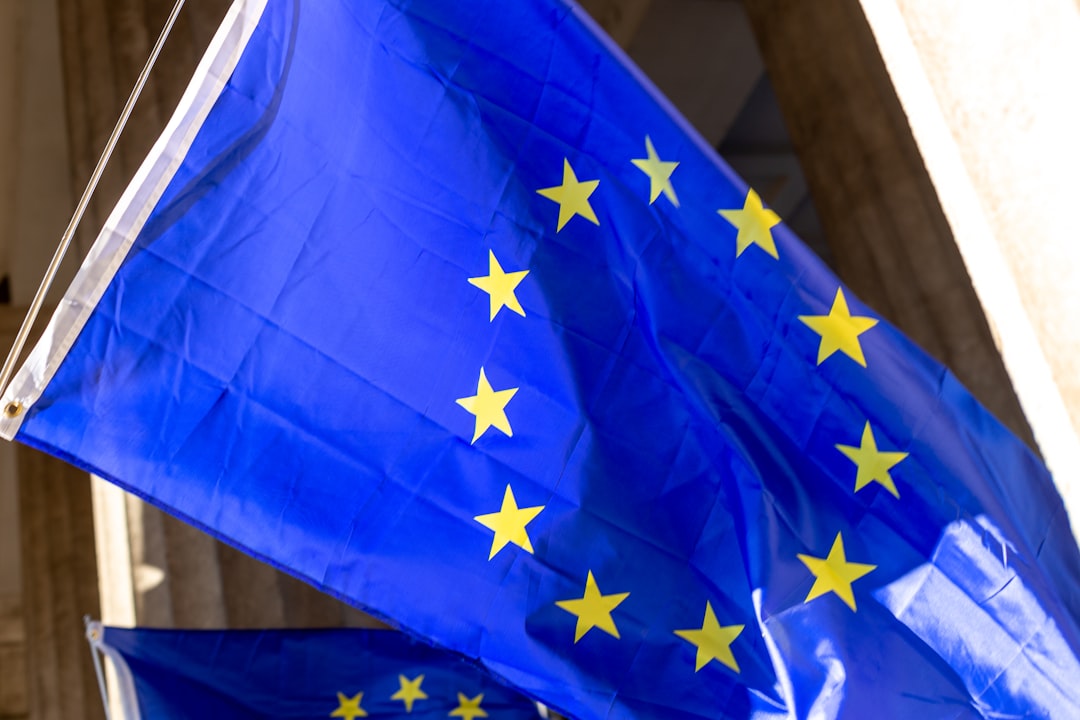What is it about?
This article explains why the Responsibility to Protect (R2P) norm adopted by the international community through the United Nations in 2005 failed to motivate action to protect vulnerable Syrians in the first two years of the crisis. We focus on the domestic political debate within the United States and argue that official discourse - the discussions, debates and arguments of American policy makers - ‘localised’ the meaning R2P. This is to say we use norm localisation theory to examine how they practically interpreted the global idea of R2P, by grafting it on to preconceived ideas of America’s role in supporting democratic revolutions, which is how the situation was understood. We note two contrasting forms of American Exceptionalism, arguing that in the case of Syria it was American "exemplarism" rather than "vindicationism" which predominated. The latter sees America prepared to use force to spread its values, whereas exemplarism sees America accomplish this by serving as a good example for others to choose to emulate. In the case of Syria, American ‘exemplarism’ demanded the US support democracy by calling on Assad to go while not corrupting the ‘homegrown’ revolution through foreign intervention. The call for political and criminal accountability aligned exemplarist democracy promotion to R2P, but it did nothing to protect vulnerable populations from the conflict that ensued. This American localised interpretation and application of the norm complicated the United Nations sponsored peace process, which provided an alternative means of protecting the Syrian population. We do not argue that US officials were reinterpreting R2P, because what R2P means in and for practice is indeterminate. Neither is the point that this American localisation is part of a ‘feedback loop’, which seeks to contest and reconstruct a ‘global’ norm. This was a response to a specific case and not part of a targeted campaign to reinterpret R2P. Indeed, we hope this article helps readers people appreciate the indeterminate character of norms; that their meaning is constructed through discursive practice and is thus contingent on how agents interpret a particular situation, which can lead to contestation. Crucially this localised process of interpretation and contestation occurs within Western states as well as around the world. Finally, our analysis shows how American policy makers response to the crisis addressed the key R2P issues of "never again", and "what is to be done?". In the case of Syria, ‘applying’ generic meanings of R2P, such as those articulated in the 2001 report of the International Commission on Intervention and State Sovereignty (ICISS) or in the 2005 UN World Summit outcome document, told us that something had to be done to protect Syrian populations. But it did not offer uncontested prescriptions for practice. This is all the truer in this case as R2P was not the only norm or principle guiding the US response to Syria.
Featured Image

Photo by Lucas George Wendt on Unsplash
Why is it important?
First, at the empirical level, we provide an in-depth example of R2P norm localisation, showing how American policymakers, through discourse, framing, and grafting, brought R2P into congruence with local beliefs and practices of American exceptionalism, specifically exemplarism. Our dataset is composed of 658 texts comprising declarations and interviews by the President, Vice-President, Secretary of State, White House officials, as well as Congressional and Senate hearings that mention or are connected to Syria. We analysed these texts for discursive patterns or ‘linguistic regularities’ that ‘create a relative predictability in meaning production’. The data covers the period of March 2011 to December 2013, from the beginning of the crisis to the aftermath of the August 2013 Ghouta chemical weapons attacks. This period is crucial as it represents the moment in which the US formed its position on the Syrian crisis. Secondly, we have identified and helped to address a gap in the R2P norm localisation literature. Although Amitav Acharya theorised localisation was open to any actors, irrespective of their size or international prominence, the existing R2P localisation literature focuses almost exclusively on cases where the non-Western world is the localising actor. By showing how a leading Western actor localised the R2P norm, we complement the existing literature, thus helping avoid any misconception that R2P localisation is purely a non-Western phenomenon or that the West alone is associated with the ‘global’ R2P. Third, we draw policy lessons by explaining how norm localisation can have a significant impact on the practical decisions taken by states. US discourse indeed infused R2P with its own meanings which affected the way it (and a number of other actors) responded to the Syrian crisis. In particular, the localisation we explore made two decisions particularly unlikely: a direct intervention and a negotiated solution with the Syrian regime. With this localisation of R2P, the United States thus restricted its own policy choices (and that of other international actors) while prolonging the Syrian conflict. Finally, it is worth highlighting that we do not argue that R2P was the main influencing factor, nor that it played a direct causal role in the US response to the Syrian crisis, other norms and prudential considerations came into play. Rather, we explore how R2P helped to enable US policies that ultimately failed to protect the Syrian population
Perspectives
Writing this article was a great pleasure and the collaboration drew on areas of particular expertise for each author, namely the generation and analysis of an extensive empirical data set; critical understanding of traditions of US Foreign Policy and norm localisation theory.
Dr Benedict Docherty
University of Sheffield
Read the Original
This page is a summary of: R2P and the Arab Spring: Norm Localisation and the US Response to the Early Syria Crisis, Global Responsibility to Protect, July 2020, Brill,
DOI: 10.1163/1875-984x-20200005.
You can read the full text:
Contributors
The following have contributed to this page










